CENTRAL AMERICA MAYAN BALL COURT MARKER WITH SKULL TROPHY Toltec-Maya, Post Classic Period, 900-1200 AD A circular limestone relief marker from the human sacrificial ball game, carved with the skull of a defeated ballplayer with open mouth and scrolls of plants emerging; glyphs around the eye, top of the skull decorated with a plumed headdress curving to form further glyphs; old accession number '8697' to the underside. 10 kg, 30cm (12"). Fine condition. Extremely rare. Provenance Property of an American collector; acquired 2014 at auction; previously with Los Angeles County Museum, Los Angeles, California, USA, with museum accession number 8697 to the reverse. Published Accompanied by an Art Loss Register certificate. Literature C.f. Schele, L. and Miller, M. The Blood of Kings: Dynasty and Ritual in Maya Art, London, 1992, pp. 241-265, for a discussion on the ballgame in Mayan society and religion. Footnotes There has been a long history of ball games in Mesoamerica, for both recreational, and religious purposes. The ritual aspect of the games took precedence with special structures for the games being built in the centre of Mayan cities, next to the principle temples and palace complex. The ballcourts were usually an alley framed by two parallel structures, sometimes with clearly defined end zones that gave the entire structure the shape of a capital letter ɪ. The games were composed of two teams with two or three team members each who controlled the ball by hitting it with their upper arm or thigh - touching it with the hands was forbidden, as was allowing the ball to touch the ground. From relief images at the courts, and ceramic figurines found at Mayan sites, we know that the players wore a loin cloth with a leather hip guard, which protected the hip and projected the ball when hitting it. The players also wore elaborate headdresses which marked them out as being involved in a ritual act. Points were scored by striking the solid rubber ball, which was thirty centimeters in diameter and weighed four kilograms, towards a ring high up on the walls of the court, or at markers, such as this one, set along the alley or in end zones. Although the games had an entertainment factor, with professional players and gambling, the primary role of the games was religious. In the ritual games war captives were used who were weakened by deprivation and made to enter the ballcourt at a disadvantage and pitted one against another until only one champion remained. The losers were sacrificed by having their hearts ripped out and being decapitated; the hearts were offered to the gods and the heads were displayed on skull racks, called Tzompantli, close to the courts, or were encased in rubber and used as balls in the games. This ballcourt marker possibly depicts the skull of a defeated player encased in a rubber ball. At Chichen Itza on the Yucatan peninsula, Mexico, is a relief from the great ballcourt which depicts a skull exactly the same as this one. Here, the skull-ball is in the centre of a scene which shows a victorious ballplayer on the left holding the head of the figure opposite him, whom he has decapitated. Six snakes and an elaborate tree sprout from the severed neck of the victim, showing the fertility that such sacrifice will bring. The skull-ball on the scene, as well as on this example, have scrolls of vegetation coming out of the mouth, and this has been interpreted as the fronds and seed pods of the cacao plant - a source of wealth for the Maya. The religious aspect of the games derives from the Popol Vuh, a series of myths relating to creation and the exploits of the Hero Twins. The story begins with the Hero Twins' father, Hun Hunahpu, and uncle, Vucub Hunahpu, playing ball near the underworld, Xibalba. The lords of the underworld became annoyed with the noise from the ball playing and so the gods send owls to lure the brothers to the ballcourt situated on the western edge of the underworld. Despite the danger, the brot
CENTRAL AMERICA MAYAN BALL COURT MARKER WITH SKULL TROPHY Toltec-Maya, Post Classic Period, 900-1200 AD A circular limestone relief marker from the human sacrificial ball game, carved with the skull of a defeated ballplayer with open mouth and scrolls of plants emerging; glyphs around the eye, top of the skull decorated with a plumed headdress curving to form further glyphs; old accession number '8697' to the underside. 10 kg, 30cm (12"). Fine condition. Extremely rare. Provenance Property of an American collector; acquired 2014 at auction; previously with Los Angeles County Museum, Los Angeles, California, USA, with museum accession number 8697 to the reverse. Published Accompanied by an Art Loss Register certificate. Literature C.f. Schele, L. and Miller, M. The Blood of Kings: Dynasty and Ritual in Maya Art, London, 1992, pp. 241-265, for a discussion on the ballgame in Mayan society and religion. Footnotes There has been a long history of ball games in Mesoamerica, for both recreational, and religious purposes. The ritual aspect of the games took precedence with special structures for the games being built in the centre of Mayan cities, next to the principle temples and palace complex. The ballcourts were usually an alley framed by two parallel structures, sometimes with clearly defined end zones that gave the entire structure the shape of a capital letter ɪ. The games were composed of two teams with two or three team members each who controlled the ball by hitting it with their upper arm or thigh - touching it with the hands was forbidden, as was allowing the ball to touch the ground. From relief images at the courts, and ceramic figurines found at Mayan sites, we know that the players wore a loin cloth with a leather hip guard, which protected the hip and projected the ball when hitting it. The players also wore elaborate headdresses which marked them out as being involved in a ritual act. Points were scored by striking the solid rubber ball, which was thirty centimeters in diameter and weighed four kilograms, towards a ring high up on the walls of the court, or at markers, such as this one, set along the alley or in end zones. Although the games had an entertainment factor, with professional players and gambling, the primary role of the games was religious. In the ritual games war captives were used who were weakened by deprivation and made to enter the ballcourt at a disadvantage and pitted one against another until only one champion remained. The losers were sacrificed by having their hearts ripped out and being decapitated; the hearts were offered to the gods and the heads were displayed on skull racks, called Tzompantli, close to the courts, or were encased in rubber and used as balls in the games. This ballcourt marker possibly depicts the skull of a defeated player encased in a rubber ball. At Chichen Itza on the Yucatan peninsula, Mexico, is a relief from the great ballcourt which depicts a skull exactly the same as this one. Here, the skull-ball is in the centre of a scene which shows a victorious ballplayer on the left holding the head of the figure opposite him, whom he has decapitated. Six snakes and an elaborate tree sprout from the severed neck of the victim, showing the fertility that such sacrifice will bring. The skull-ball on the scene, as well as on this example, have scrolls of vegetation coming out of the mouth, and this has been interpreted as the fronds and seed pods of the cacao plant - a source of wealth for the Maya. The religious aspect of the games derives from the Popol Vuh, a series of myths relating to creation and the exploits of the Hero Twins. The story begins with the Hero Twins' father, Hun Hunahpu, and uncle, Vucub Hunahpu, playing ball near the underworld, Xibalba. The lords of the underworld became annoyed with the noise from the ball playing and so the gods send owls to lure the brothers to the ballcourt situated on the western edge of the underworld. Despite the danger, the brot
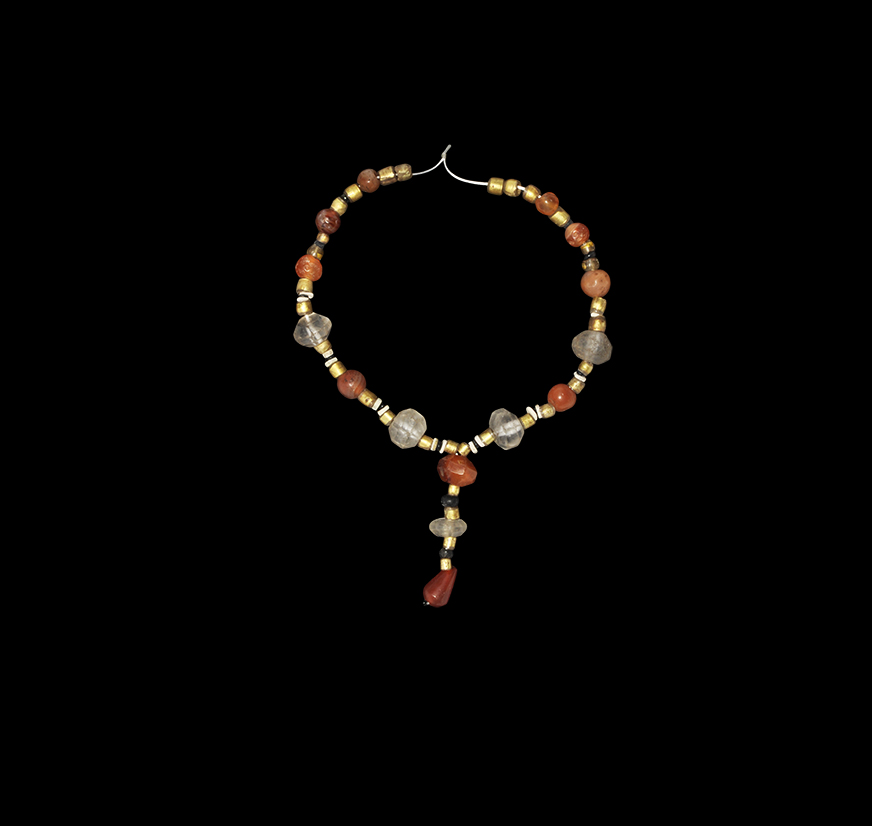
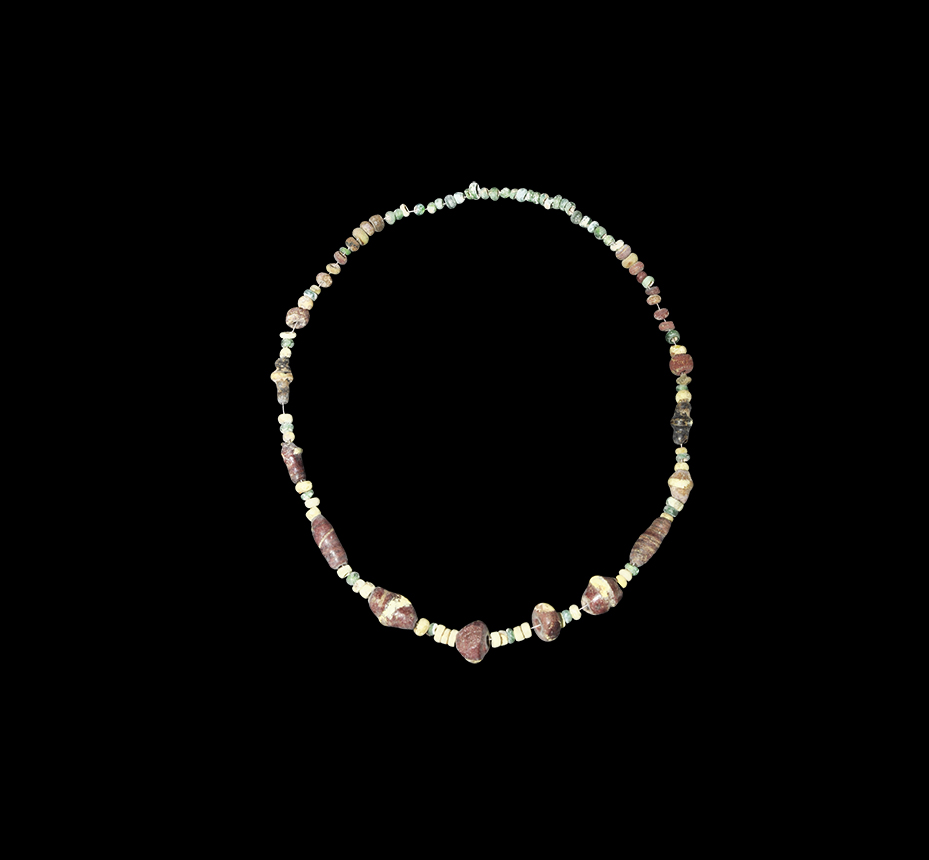

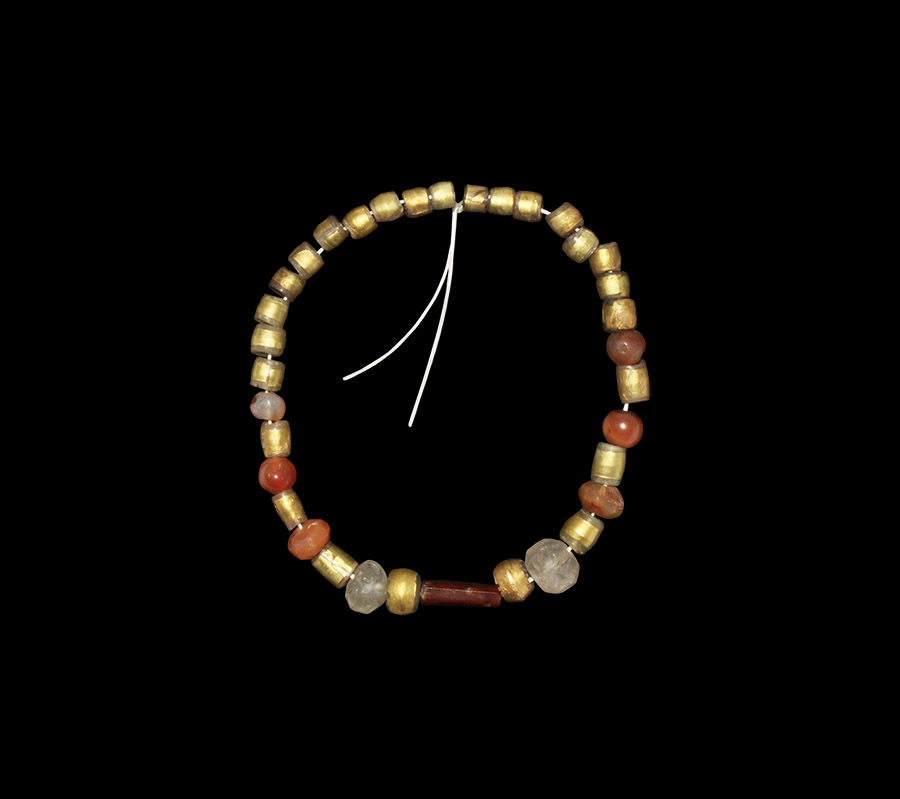

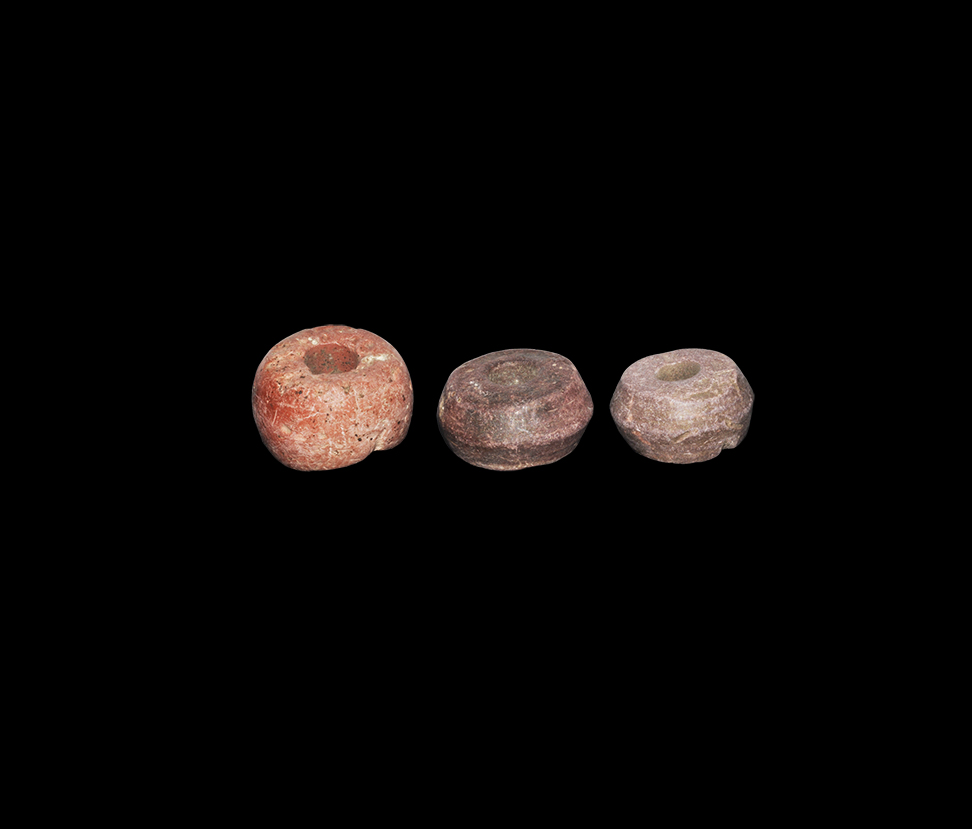

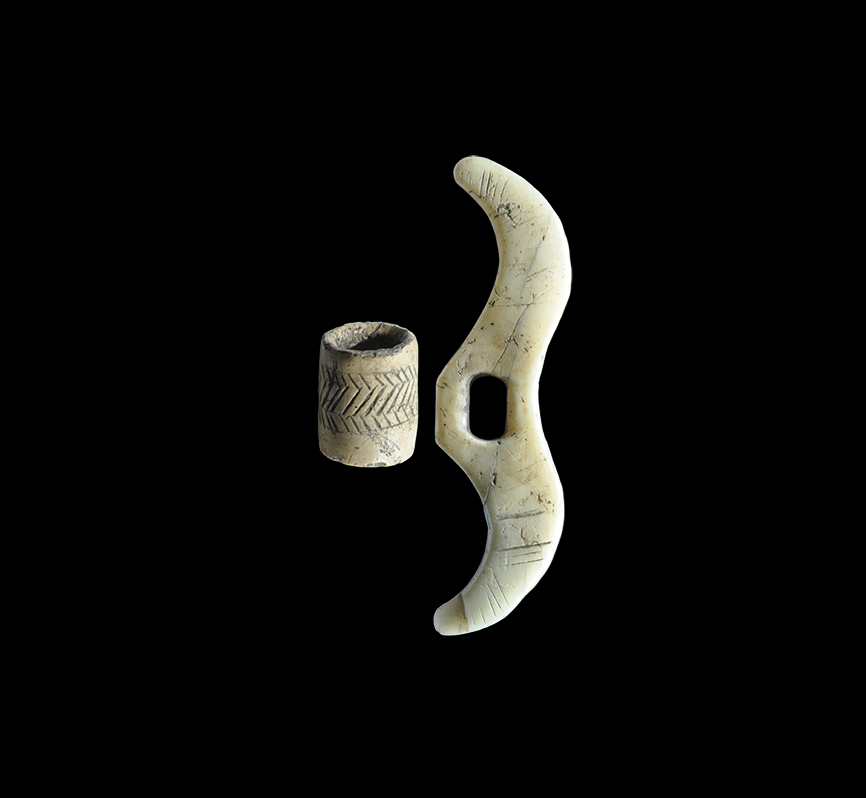
.jpg)
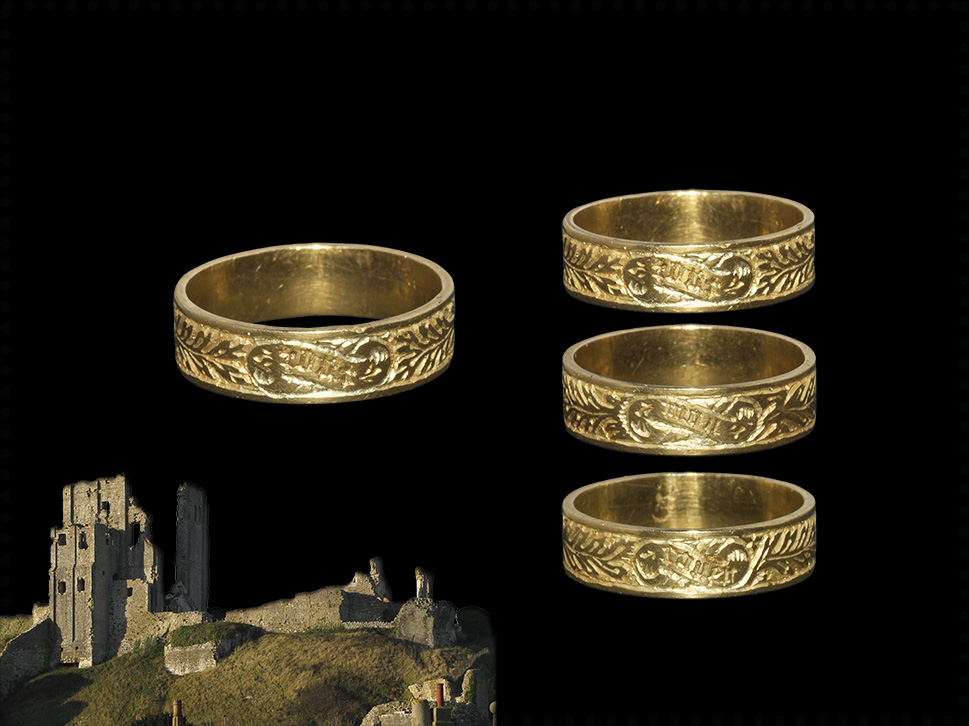
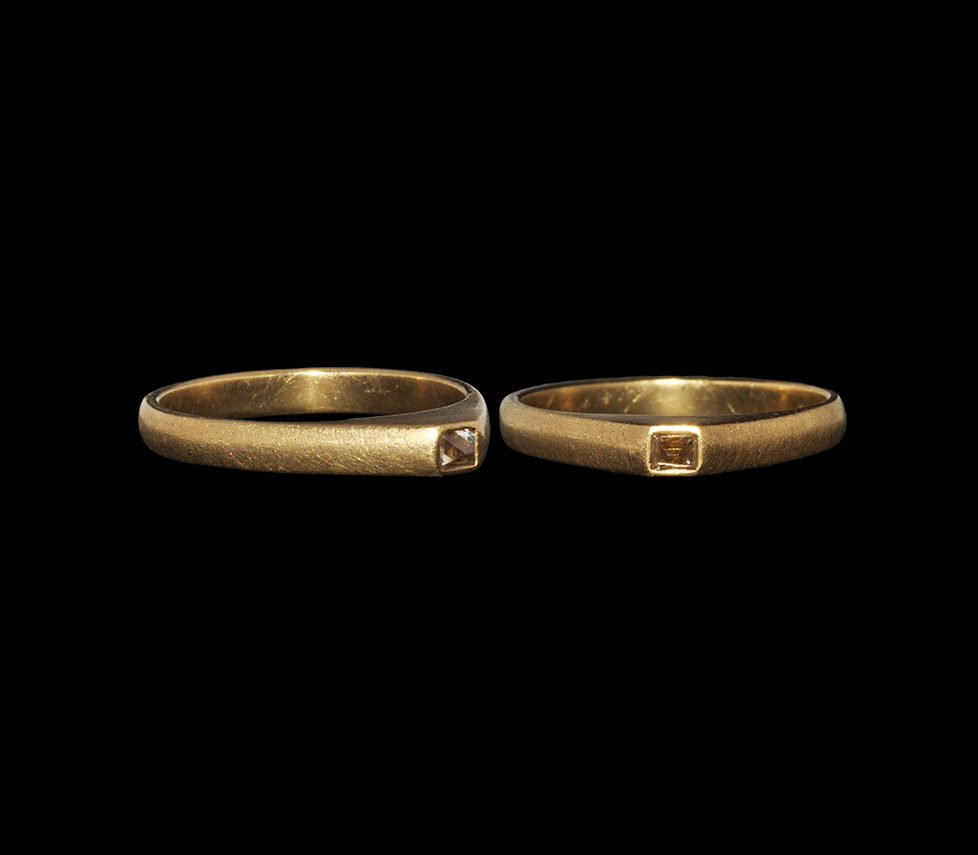



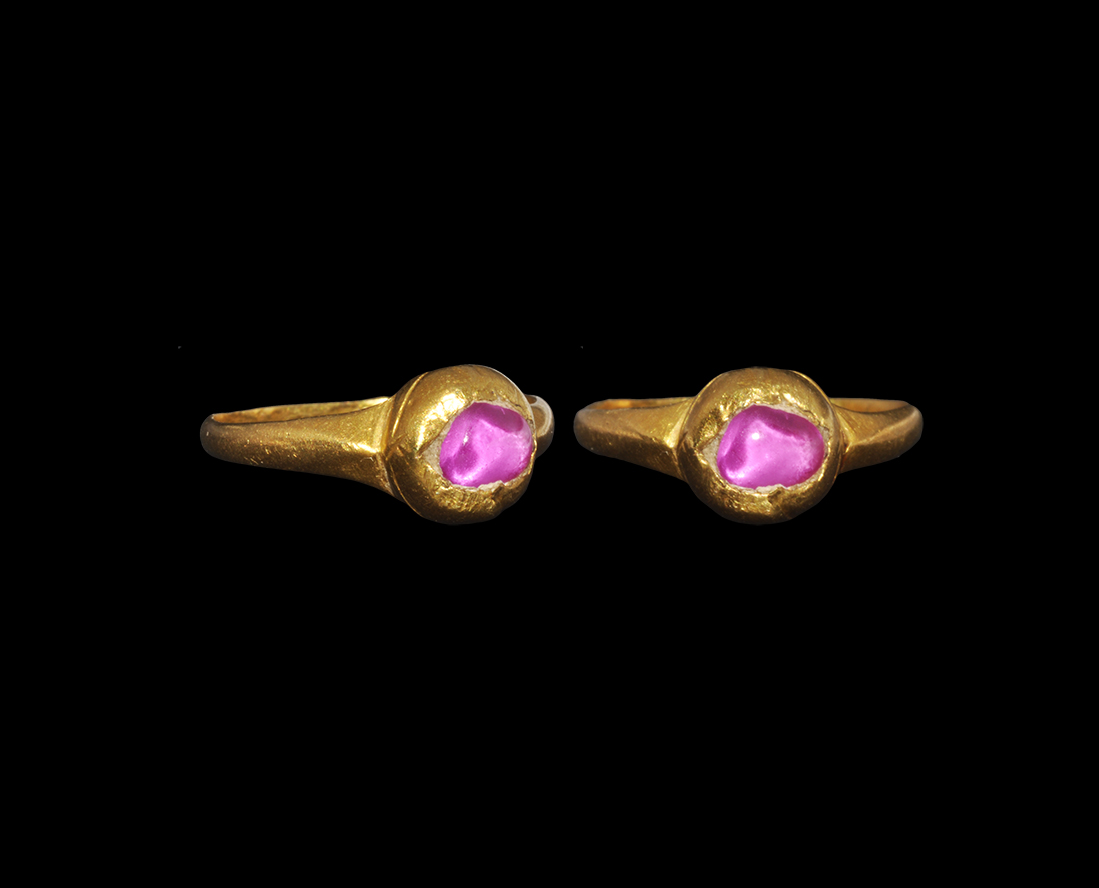
Try LotSearch and its premium features for 7 days - without any costs!
Be notified automatically about new items in upcoming auctions.
Create an alert